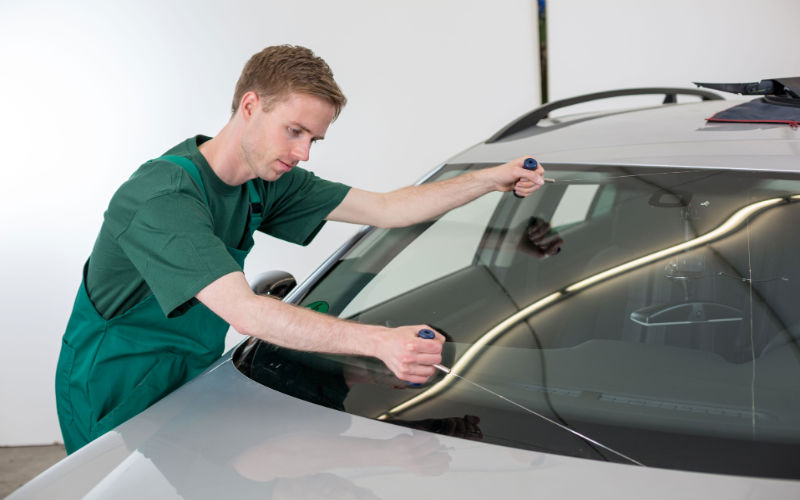Trucks or Lorries are motor vehicles especially designed for transportation of cargo in bulk over long distances by road. These come in all sizes and configurations, the smallest truck comparable to a regular SUV while the larger ones can be colossal, extremely powerful and heavy. Pickups are actually a less polished form of utility vehicles and common in rural areas. SUVs are high capacity almost cars which can seat more than 6 people at a time. Commercial trucks are designed to be sturdy and powerful, capable of either carrying on board or lugging along, heavy equipments and machinery.
In 1896, Gottlieb Daimler built the first ever truck. While most trucks use petrol as fuel, some also run on diesel. The heavier vehicles often come with four stroke diesel engines for greater fuel efficiency.
Basic design of a truck
A truck can be broadly classified as having two specialized and well demarcated areas. The cab is where the driver is seated and the carrier is where the cargo is put. Some cabs also have a sleeper attached to them wherein the driver can rest when not driving.
The cab can be aligned in three ways viz., cab over engine (flat nose), conventional and cab beside engine. Of these the first one i.e., the flat nose is the most common configuration where the driver sits above the front axle and engine. This was built by Viktor Schreckengost. Conventional arrangement is characterised by the driver seat being situated behind the engine, much like regular cars and pick ups. The last design is the cab beside engine configuration which isn’t quite common but finds use inside shipping yards and airports.
Environmental implications
Trucks have serious environmental affects with the large scale pollutant they are capable of emitting. As such, there are strict regulations on emissions by these and various quality standards are able to keep the level of pollutants under check.









